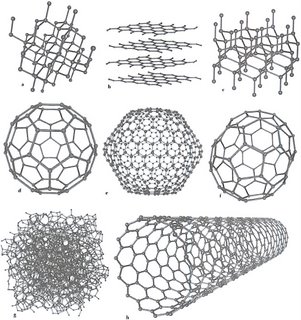It is true without lying, certain and most true. That which is Below is like that which is Above and that which is Above is like that which is Below to do the miracles of the Only Thing. And as all things have been and arose from One by the mediation of One, so all things have their birth from this One Thing by adaptation. The Sun is its father; the Moon its mother; the Wind hath carried it in its belly; the Earth is its nurse. The father of all perfection in the whole world is here. Its force or power is entire if it be converted into Earth. Separate the Earth from the Fire, the subtle from the gross, sweetly with great industry. It ascends from the Earth to the Heavens and again it descends to the Earth and receives the force of things superior and inferior. By this means you shall have the glory of the whole world and thereby all obscurity shall fly from you. Its force is above all force, for it vanquishes every subtle thing and penetrates every solid thing. So was the world created. From this are and do come admirable adaptations, whereof the process is here in this. Hence am I called Hermes Trismegistus, having the three parts of the philosophy of the whole world. That which I have said of the operation of the Sun is accomplished and ended.

Plato's story of the cave is an interesting one to me.
The most beautiful experiment:The critical point by Robert P Crease
Beauty, Plato wrote, is not easy to define, but something that "slips through and evades us". For this reason, many logic-oriented philosophical approaches tend to divorce and even oppose truth and beauty. "The question of truth", wrote logician Gottlob Frege in one of his most influential works, "would cause us to abandon aesthetic delight for an attitude of scientific investigation."

Plato- Book VII of The Republic-The Allegory of the Cave
And now, I said, let me show in a figure how far our nature is enlightened or unenlightened: --Behold! human beings living in a underground den, which has a mouth open towards the light and reaching all along the den; here they have been from their childhood, and have their legs and necks chained so that they cannot move, and can only see before them, being prevented by the chains from turning round their heads. Above and behind them a fire is blazing at a distance, and between the fire and the prisoners there is a raised way; and you will see, if you look, a low wall built along the way, like the screen which marionette players have in front of them, over which they show the puppets.See here as well.
This above was taken from an earlier post so one understands that what is being expounded in shadow dancing, is derived from a better understanding of the analogy of the cave. And again below it is not without the understanding of the depth of of what is implicate din Plato's cave that we struggle to define aspects of the reality .
To them, I said,
the truth would be literally nothing
but the shadows of the images.
-Plato, The Republic (Book VII)
Of course, to Plato this story was just meant to symbolize mankind's struggle to reach enlightenment and understanding through reasoning and open-mindedness. We are all initially prisoners and the tangible world is our cave. Just as some prisoners may escape out into the sun, so may some people amass knowledge and ascend into the light of true reality.
What is equally interesting is the literal interpretation of Plato's tale: The idea that reality could be represented completely as `shadows' on the walls






















